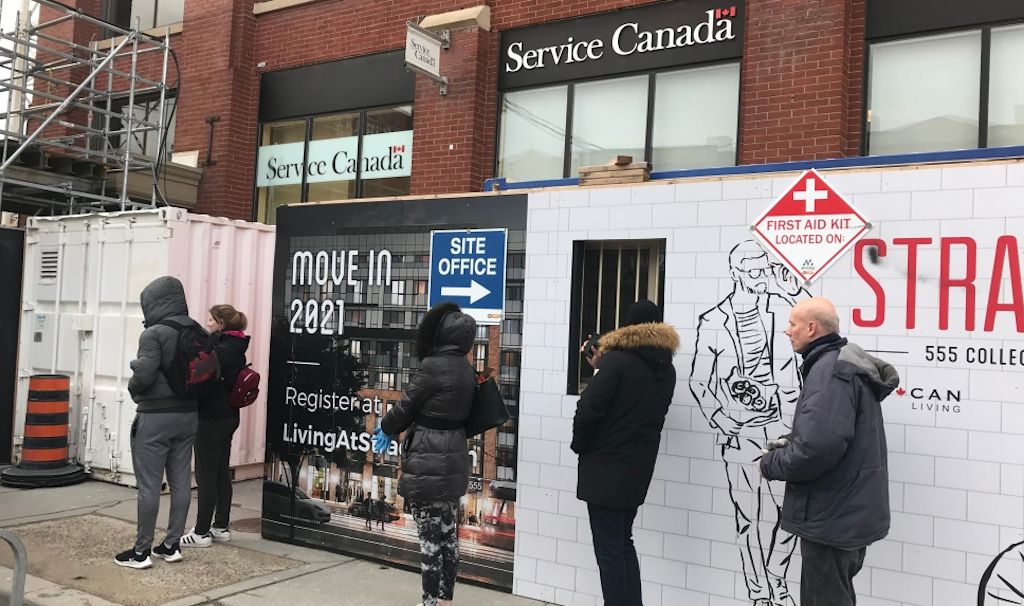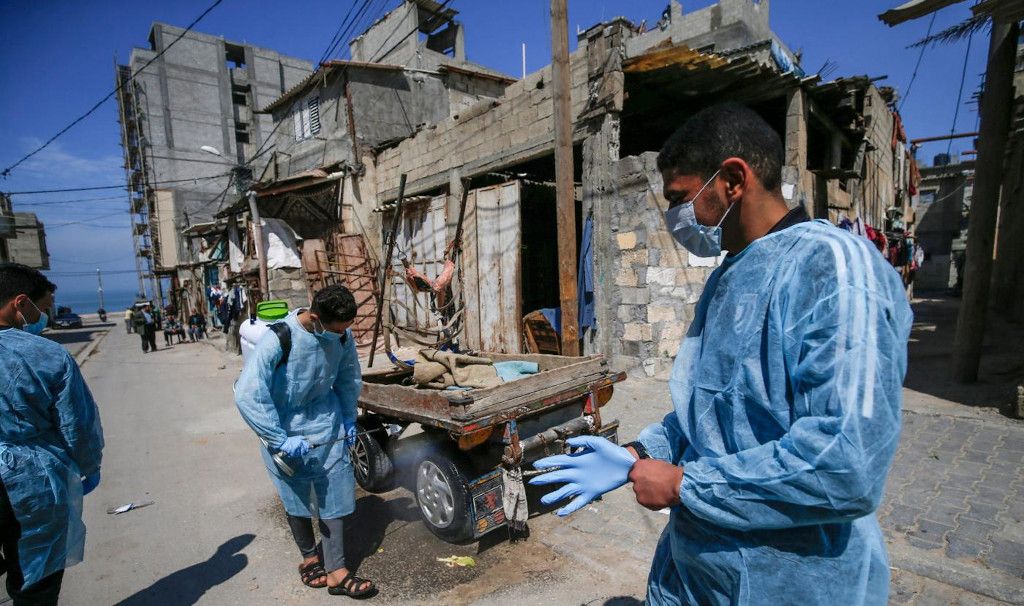The right-wing Toronto Sun has never been afraid to foment division among workers, even when division didn’t exist. In the time of coronavirus, this hasn’t changed. Sun columnist Brian Lilley, on March 30 launched an attack on public sector workers in Service Canada offices.
He wrote: “I know there are many good civil servants at all levels … who are working hard to deliver on the promises governments have made. Those assistance plans won’t build themselves, they require dedicated staff to get the job done. Then there are the Service Canada workers: The people who should be there helping the more than 1 million people who have applied for Employment Insurance effectively walked off the job.” Effectively walked, eh? Wild cat strike by civil servants? The reality is that the order to close came from the Minister of Families, Children and Social Development. Which isn’t to say that the workers and their union hadn’t put pressure on the government to close.
Lilley argued bad blood that could soon develop between those private-sector workers being thrown out of work as the government shuts down all manner of businesses and public-sector workers who are sent home with pay. He says nothing about bad blood or anger developing from a united front of public and private sector workers against the incompetence of governments and rapaciousness of businesses.
Lilley commented: “The union representing the workers who help Canadians applying for E.I. … simply said it wasn’t safe to open anymore. Tell that to the local store clerk who has to keep showing up to work. The plexiglass barriers we are seeing pop-up across the country in retail establishments are apparently not good enough for Service Canada workers who can go home and collect full pay.”
Again, the Service Canada workers didn’t make the decision to work at home, they were sent home by management. Furthermore, the union representing Federal Civil Servants have made it clear that their members, in this crisis, are going over and above the line of duty:
“The federal government intends to begin accepting applications for the Canada Emergency Response Benefit (CERB) by April 6. As part of the plan to process this unprecedented volume of work, a great deal of additional staff will be needed to answer calls from Canadians trying to access financial support. In response to this urgent need, thousands of PSAC members from Service Canada and the Canada Revenue Agency (CRA) have volunteered to move from their regular duties and transition into these new positions. Our members are doing everything they can to help Canadians during this critical time, including taking on new and additional responsibilities to fill these important roles,” said PSAC National President, Chris Aylward. “PSAC members have expanded their commitments significantly during this crisis despite being without a contract for years. Service Canada and CRA employees have not had a wage increase for almost three and four years respectively.”
The various emergency benefit payments are already in peoples’ bank accounts. How did this money get there so rapidly after the politicians finally acted? Due to hard working civil servants, the very ones Lilly is attacking.
But Lilley insists: “Imagine being a laid-off worker wondering how to make ends meet while looking across the street at neighbours who don’t have a care in the world? . . . We’ve long known that civil servants get higher pay, better benefits and increased job security than their private-sector counterparts. Study after study has shown this.”
Not true. If you base yourself on the Fraser Institute, a Canadian right-wing think tank, this may appear to be the case. If you look at the facts, there is a different story.
“Using detailed occupational data compiled from Statistics Canada’s 2006 census, CUPE’s study finds that average salaries for comparable occupations in the private and public sector are similar on the whole, with a small overall public-sector pay premium of 0.5% entirely due to a smaller pay gap for women in the public sector. Women working public-sector jobs on average earn 4.5% more than their private-sector equivalents, while men are paid on average 5.3% less in the public-sector than in similar occupations in the private sector.”
Surely we should be applauding the gains of public sector workers and explaining them in terms of their high rate of 70% unionization. Let’s push for workers in the private sector to catch up with their public counterparts rather than play into the stereotype of the greedy, coddled and entitled public sector workers.
This is a classic ploy of right wingers as they try to stir up tensions – the private sector employees without security of income against public sector workers who continue to get paid as normal during the crisis. There’s an old saying that the beggar doesn’t envy the millionaire who gets out of the limo and walks in front of him; rather he envies the other beggar working down the block who’s collecting more money. In “normal” times, this resentment shows itself with people on welfare being scapegoated as “scammers getting something for nothing” or teachers, allegedly being highly paid, finishing work at 3.30pm every day and having those long holidays. Under capitalism, this type of envy or resentment is played upon deliberately by the capitalists as part of their divide and rule strategy. It’s quite ironic that this ploy is being used now, supposedly a time when “we’re all in it together.”
There is a class divide in these times but it’s not between public and private sector workers. It’s more obvious but gets little coverage in the media. There is that small section of people y who don’t work either in the public sector or in the productive private sector. Basically, they don’t work, period: there is the hedge fund billionaire in his cottage in the Muskokas, another is isolating from other family members in her mansion in Rosedale; pre-border controls, there is the couple who flew off on their private jet to the Bahamas … and so on. I mean who wants to self-isolate in a high-density area like Toronto when there are other, more agreeable alternatives? Yet the likes of Brian Lilley, instead of focusing on the shenanigans of the 1%, would rather concentrate on setting public service workers against the workers whom they are trying to help.



